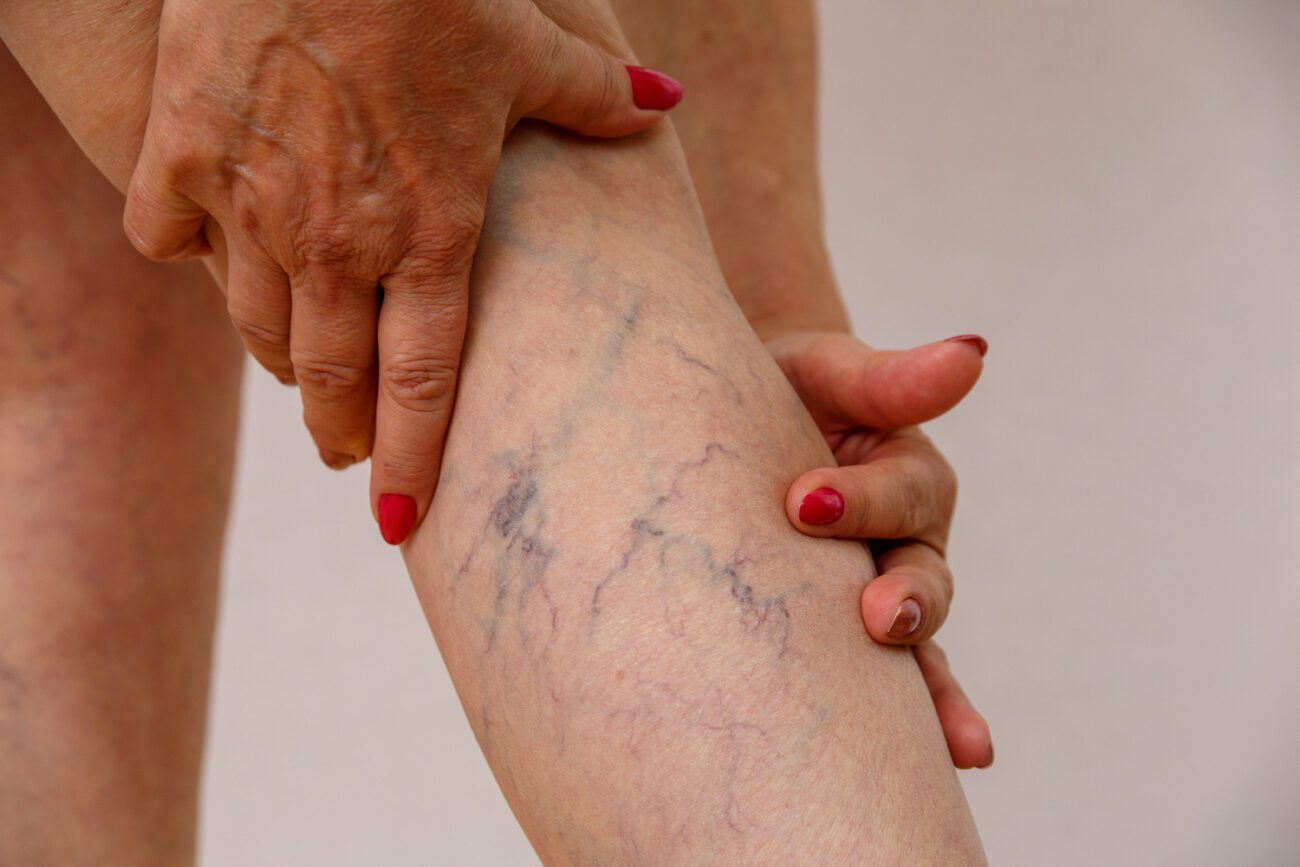
Spider veins, also known as telangiectasias, are small, dilated blood vessels that appear close to the surface of the skin. They are usually red, blue, or purple and often resemble a web-like pattern. While they are not generally a medical concern, they can be a cosmetic issue for many individuals. In Dubai, with its focus on aesthetic wellness and advanced medical treatments, a variety of options are available to effectively treat spider veins.
Understanding Spider Veins
Spider veins occur due to weak or damaged valves in the veins. When these valves fail to function properly, blood pools in the veins, causing them to expand and become visible through the skin. Several factors contribute to the development of spider veins, including genetics, prolonged standing or sitting, hormonal changes, obesity, pregnancy, and sun exposure.
Who is a Suitable Candidate?
Most individuals with spider veins are good candidates for treatment. However, a thorough consultation with a medical professional is essential to determine the best approach. Pregnant women, individuals with certain medical conditions, and those with severe varicose veins may need special consideration.
Non-Invasive and Minimally Invasive Treatment Options
Dubai offers state-of-the-art spider veins treatments for spider veins, ensuring minimal discomfort and excellent results. The most common methods include:
1. Laser Therapy
Laser treatment is one of the most popular options for spider vein removal. It works by delivering targeted laser energy to the affected veins, causing them to collapse and gradually fade away. The procedure is non-invasive and typically requires multiple sessions for optimal results. Patients experience minimal discomfort, and there is little to no downtime.
2. Sclerotherapy
Sclerotherapy is a widely used minimally invasive procedure for treating spider veins. It involves injecting a special solution directly into the veins, causing them to shrink and eventually disappear. The procedure is quick, usually taking less than 30 minutes, and is suitable for most skin types. Patients may need multiple sessions for complete vein removal.
3. Radiofrequency Ablation (RFA)
Radiofrequency ablation is another effective treatment for spider veins. This technique uses radiofrequency energy to heat and close off the problematic veins. Over time, the treated veins are reabsorbed by the body, reducing their visibility. RFA is known for its high success rate and minimal recovery time.
4. Intense Pulsed Light (IPL) Therapy
IPL therapy is a non-invasive treatment that uses broad-spectrum light to target and break down spider veins. It is particularly effective for smaller veins and is commonly used on the face. The procedure is relatively painless and requires multiple sessions for the best results.
5. Veinwave Therapy
Veinwave therapy is a cutting-edge treatment that utilizes thermocoagulation to eliminate spider veins. It is particularly effective for very small veins that are difficult to treat with other methods. The procedure is quick, with minimal discomfort and no downtime.

Aftercare and Recovery
Following spider vein treatment, patients are advised to follow certain aftercare guidelines to ensure the best results. These may include:
- Wearing Compression Stockings: Compression stockings help improve circulation and reduce swelling.
- Avoiding Sun Exposure: Protecting the treated area from direct sunlight prevents pigmentation changes.
- Engaging in Light Exercise: Walking and other gentle movements help promote blood circulation and prevent further vein issues.
- Avoiding Prolonged Sitting or Standing: Changing positions frequently can prevent new spider veins from forming.
Preventing Spider Veins
While treatments can effectively eliminate existing spider veins, taking preventive measures can help reduce the risk of developing new ones. Recommendations include:
- Maintaining a Healthy Weight: Excess weight puts additional pressure on veins.
- Regular Exercise: Activities such as walking, swimming, and cycling promote good circulation.
- Wearing Sunscreen: Protecting the skin from UV damage helps maintain vascular health.
- Elevating the Legs: Raising the legs periodically can improve circulation and reduce vein pressure.
- Avoiding Tight Clothing: Tight clothing can restrict blood flow and contribute to vein problems.
Why Choose Dubai for Spider Vein Treatment?
Dubai is renowned for its advanced medical infrastructure, cutting-edge technology, and highly skilled medical professionals. The city offers:
- State-of-the-Art Clinics: Equipped with the latest technologies for vein treatments.
- Experienced Specialists: Physicians with expertise in cosmetic and vascular treatments.
- Personalized Treatment Plans: Customized approaches based on individual needs.
- Luxury and Comfort: High-end facilities providing a seamless and comfortable experience.
Conclusion
Spider veins can be effectively treated with various non-invasive and minimally invasive procedures available in Dubai. Whether opting for laser therapy, sclerotherapy, or radiofrequency ablation, individuals can achieve smoother, clearer skin with minimal downtime. By following proper aftercare and preventive measures, long-lasting results can be maintained, ensuring confidence and improved vascular health.

